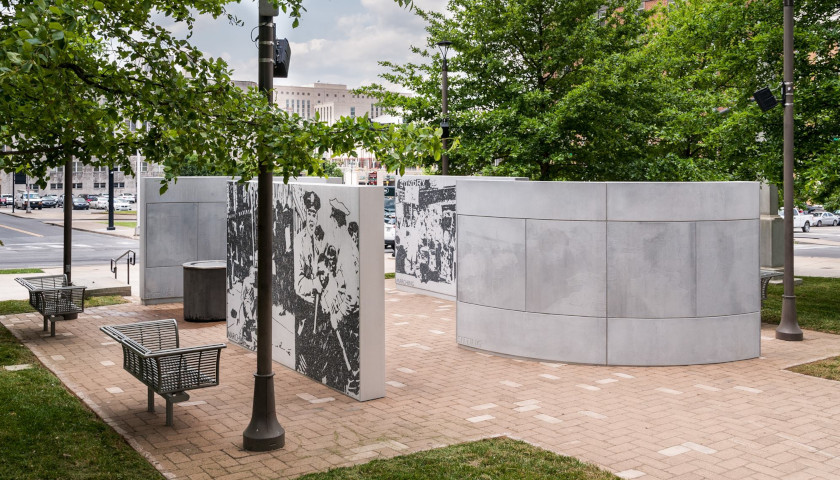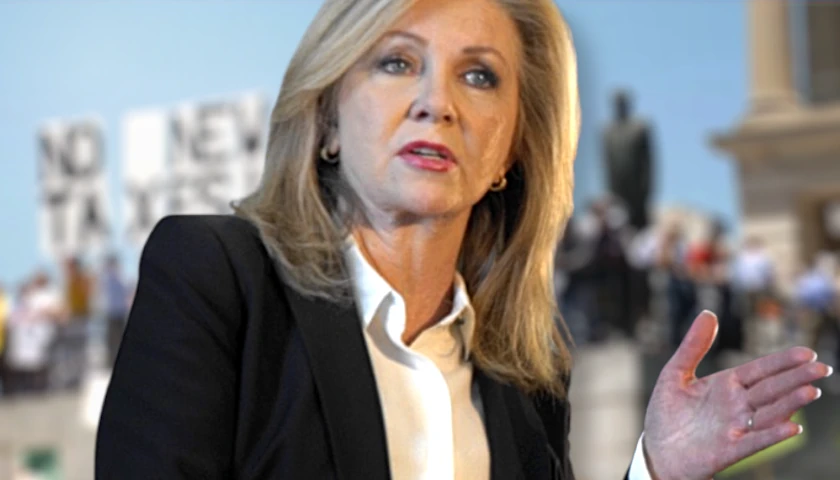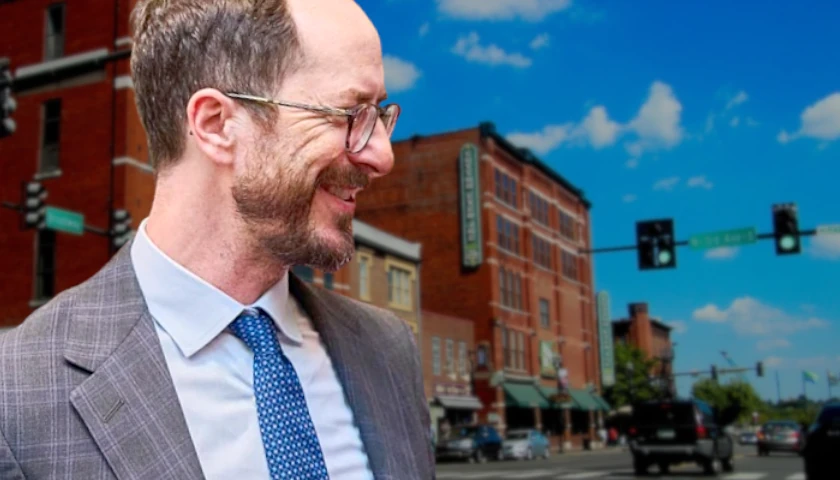The folks who run the taxpayer-funded Nashville Metro Arts Commission say they’re all about having as much gender and racial diversity among their artists as they can get.
And whether they’re male, female, white, black or other, these artists can still draw a paycheck from the commission even if they live in another state.
Metro Arts spokeswoman Emily Waltenbaugh told The Tennessee Star in an email Tuesday that the commission’s public art collection consists of 113 permanent artists countywide.
But local artists only make up 72 percent of the collection.
Waltenbaugh did not comment on the remaining 28 percent of artists, who are not local.
Former Democratic Nashville Mayor Bill Purcell in 2000 established the Percent for Public Art fund that pays for the city’s public art collection. This fund appropriates one percent of the Metro Capital Improvements Budget toward the commission of public art, Waltenbaugh said.
As Nashville Public Radio reported last week, commission members have formed an Antiracism Transformation Team to prevent what they call “patterns of implicit bias and systemic discrimination” when it comes to hiring staff and artists.
“For instance, every full-time hire on the Metro Arts staff since June of 2015 has been a person of color,” according to Nashville Public Radio. “And, more female and minority artists have been chosen to create public works of art.”
As Town Hall reported in 2014, Nashville taxpayers paid two Seattle-based artists $350,000 to create a sculpture at Nashville’s West Riverfront Park that supposedly symbolizes the meandering Cumberland River.
Tennessee Tax Revolt President Ben Cunningham, upon seeing the artists’ rendering of the project, known as the “River Concept,” had an entirely different interpretation at the time.
“It’s just another example of some slug bureaucrat trying to tell us what art is and quite clearly missing the mark,” Cunningham said.
“This piece of art looks more to me like an intestinal track than anything else. It follows that piece of art on Broadway Street downtown that looks like some welder was on crack,” Cunningham added, referring to the “Ghost Ballet” art installed 12 years ago.
The 2010 Tennessee Pork Report referred to “Ghost Ballet,” which cost $340,600 according to the Tennessean, as resembling “the remnants of a defunct and mangled roller coaster.”
The artist, Alice Aycock, is based in Maryland.
As Tennessee Watchdog previously reported, Nashville’s Metro Arts Commission also gave the OK to two other expensive public art projects, “Tool Fire” and “Sticks,” both of which also came from out-of-state artists.
Cunningham said at the time that he found the arts commission’s decisions as bizarre as the abstract nature of most of the art projects they approve.
“They are making explicit decisions to go outside the state of Tennessee to produce art for the city of Nashville,” Cunningham said in 2014.
“That is the most perverse, crazy, bizarre, stupid thing I can think of. It’s a slap in the face to the artists of Tennessee, much less to the taxpayers of Tennessee. Whatever it costs is too much.”
– – –
Chris Butler is an investigative journalist at The Tennessee Star. Follow Chris on Facebook. Email tips to [email protected].
Photo “Metro Arts” by Metro Arts.






The best artwork is nature. Nature delights, soothes the weary soul and heals. We mortals can’t improve on it.
How about planting flowers and trees and shrubs around the city so the asphalt and concrete and glass are softened and shaded? Of course the mayor and council and art mavens in town wouldn’t have a reason for a wine fest with the “artist” and a PR event to publicly announce how cultured they are to the rest of us bumpkins.
Agreed. This diversity needs to be represented, as it is all around us. It IS who we are
Artwork is work!
What do you have against diversity and public arts? What is you conservatives’ problem?
The point is not “diversity” but “locality”. That money is set aside by the city, from revenues paid by city residents. The benefit of that money should also be for the residents. Instead, hiring artists from out of the county, much less out of state, removes the repeating benefit of that money from the city.
Diversity for the sake of diversity is foolish. It’s like treating your employees like a collectable set, where their value is not in their skill, but their point of origin.